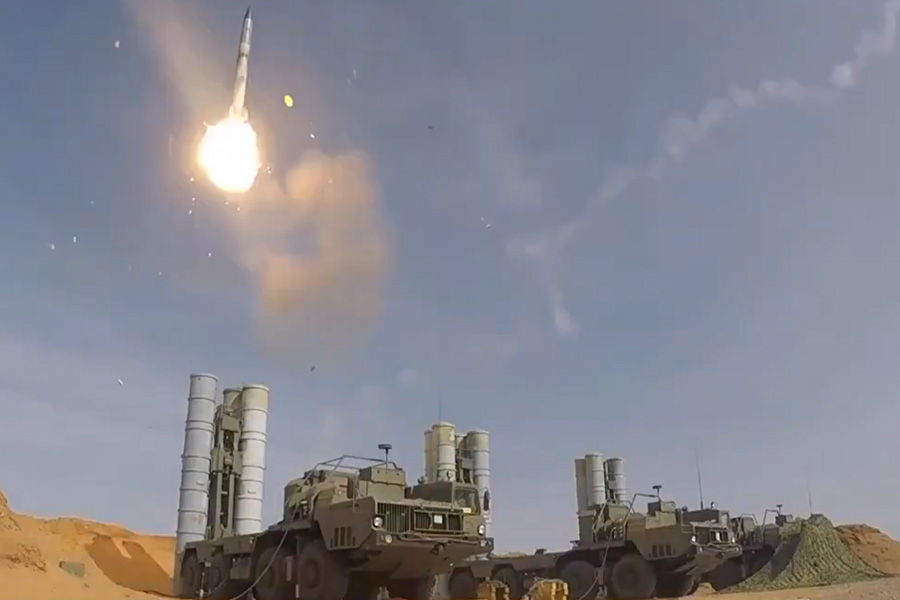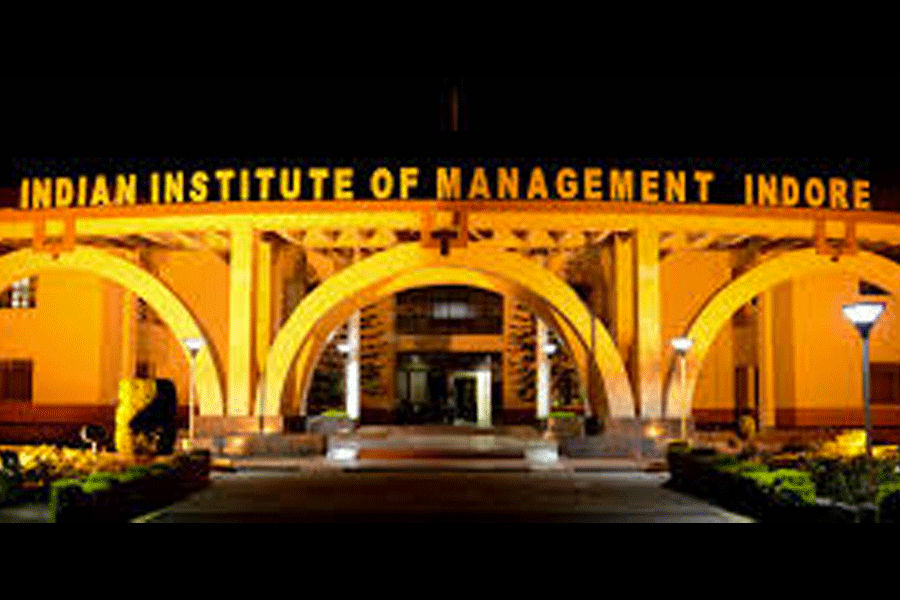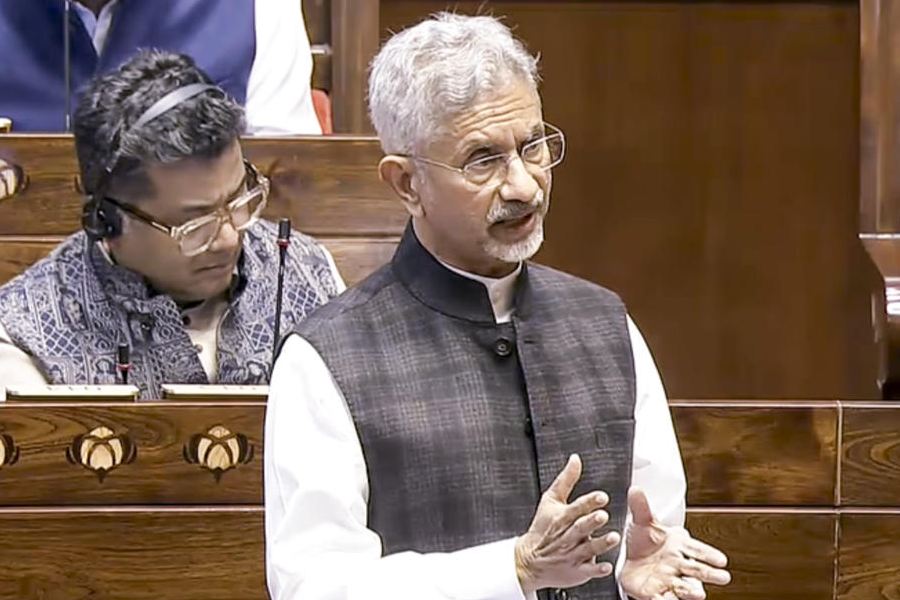India’s multi-layered air defence systems—including the S-400 Triumf, Barak 8 MRSAM, and indigenous Akash missiles—intercepted and neutralised a massive aerial assault launched by Pakistan on the night of May 8–9, preventing any damage across targeted regions from Jammu to Jaisalmer.
S-400 Triumf
The S-400 Triumf, developed by Russia’s Almaz Central Design Bureau, is a long-range surface-to-air missile system.
Introduced in 2007, the S-400 is equipped to detect, track, and neutralise aerial threats, including drones, stealth aircraft, cruise missiles, and ballistic missiles.
India signed a Rs 35,000 crore deal with Russia in October 2018 to procure five squadrons of the S-400.
Three squadrons are operational, with the remaining two expected by 2026.
The S-400 system uses four types of missiles, each meant for different ranges, from up to 40 km to 400 km.
The radar system used in the S-400 can detect targets as far as 600 km away and can track up to 300 aerial threat, engaging 36 of those at once.
The missiles can hit targets flying at speeds up to approximately 17,000 km/h and altitudes between 10 metres and 30 km.
The system is mobile and can be operational in five minutes on the move and within 35 seconds from standby.
The S-400 is considered a major threat by North Atlantic Treaty Organisation (NATO) members because of its sheer long range capabilities. The S-400 can engage almost all types of modern warplanes, reported Hindustan Times.
Russia is the main operator of the system. China received its units in 2018 after being the first foreign buyer in 2014. Turkey also bought the system in 2017, which led to disagreements with its NATO allies. Belarus and Algeria are also reported to operate the system.
In Syria, Russia deployed the S-400 at its Khmeimim Air Base in 2015 after one of its Su-24 bombers was shot down by Turkey.
Akash
Designed by the Defence Research and Development Organisation (DRDO) and manufactured by Bharat Dynamics Limited (BDL), the Akash is a medium-range, surface-to-air missile system designed to provide comprehensive air defence against a range of aerial threats.
Akash’s rang extended up to 25 km, with a ceiling of 18 km, according to India TV.
Each Akash missile is powered by a solid-fuel booster and an integrated ramjet sustainer motor, enabling speeds of up to 4,200 km/hour.
The missile carries a 60 kg pre-fragmented high-explosive warhead, with both conventional and nuclear payload options.
The system achieves an 88 per cent single-shot kill probability, which increases to 99 per cent when missiles are launched in salvos.
The system can track up to 64 targets simultaneously and engage up to 12.
The Akash missile system boasts excellent cross-country mobility, making it deployable across deserts and plains to mountainous regions.
The Indian Air Force has inducted 15 squadrons of Akash-1 and Akash-2, under contracts worth Rs 10,900 crore, while the Indian Army operates four regiments under an Rs 22,340 crore programme.
Akash is designed to counter a wide spectrum of aerial threats, including fighter aircraft, helicopters, UAVs, cruise missiles, and even ballistic missiles in their terminal phase.
India has already exported the Akash system to Armenia, and countries such as the Philippines, Vietnam, Egypt, and Brazil have shown keen interest, according to The Financial Express.
Barak-8 MRSAM
The Barak-8 MRSAM system is a medium-range surface-to-air missile defence platform jointly developed by Israel Aerospace Industries (IAI) and India’s Defence Research and Development Organisation (DRDO) at an estimated cost of Rs 30,000 crore, reported The Times Of India.
Designed to neutralise a wide spectrum of airborne threats, including fighter jets, helicopters, UAVs, cruise missiles, and other precision-guided munitions, Barak-8 has enhanced India's air defence posture across its land and maritime domains.
Barak has an operational range of over 70 km with supersonic speed. Indian Navy, Indian Air Force, Indian Army, Israeli Navy uses it.











